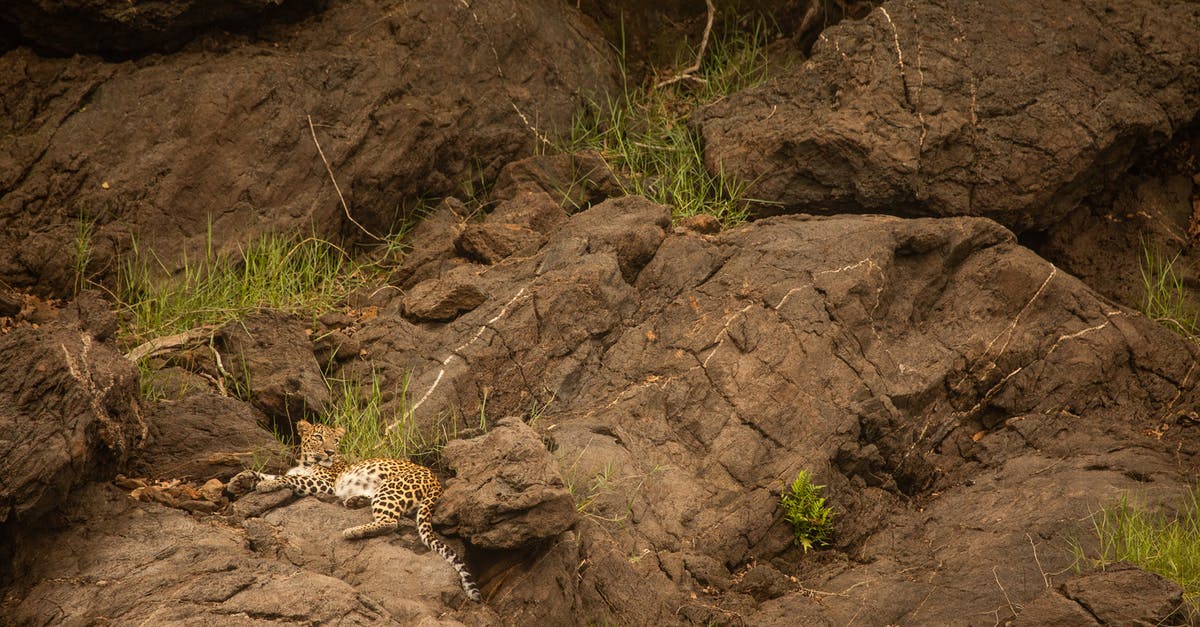Spongy ground venison

How do I keep my ground venison from having a spongy texture? We have tried making it into burgers, into chili and into patties in gravy. It still has the same spongy, tasteless flavor — almost what I would expect tofu to have, if I ate tofu! Is the problem in the grinding or are we doing something wrong in our cooking?
Update: As far as I know, beef fat was added to the meat. My cousin shot the deer and has his own processing equipment; he is the one who processed it for us. His other meat (sausage, etc.) has never had this consistency so we were wondering what caused it.
Best Answer
The meat itself
From my experiencing working with venison, I have come to find out that venison meat is quite "soft" compared to other red meat like beef. You can find a similar kind of "softness" in veal, so it appears the age of the animal, or more specifically, how developed/tough their muscles is related to the texture (and flavor) of the meat.
Here are a few things you can try to improve the texture and flavor:
Fat content
I believe this is the main culprit for venison. The meat itself is very lean, and when butchering it is common to trim out some of the fat. I recommend to leave a decent amount of fat on the meat, and if you can, keep the harder pieces of fat from the carcass. You can cut those up and add it to the meat before grinding for give it more flavor and firmer texture.
Short of that, or perhaps in addition to that, I can say that by adding beef suet, which is the harder fat of the beef, prepared for processing, really enhances the texture and flavor of ground venison. You should be able to find some at your local independent butcher shop (probably not at the supermarket, but you can ask). Cut it up in small bands and add it to the venison before grinding.
Dry-aging
You can try dry-aging the meat. It goes without saying that it has to be done before grinding it. Here is an excerpt from Wikipedia:
The process changes beef by two means. Firstly, moisture is evaporated from the muscle. This creates a greater concentration of beef flavour and taste. Secondly, the beef’s natural enzymes break down the connective tissue in the muscle, which leads to more tender beef.
Do note, even though aging is most often used for beef, that other red meats like bison, venison, moose, etc. are not very dissimilar.
Temperature
I have noticed that meat which is warmer before grinding tends to make for a more mushy grind. I would recommend to leave your meat in the fridge until immediately before grinding. You can even freeze it slightly (until it has a slight crust) "naked" (unwrapped) for about 30 minutes. This won't improve the flavor, but it will help it retain its shape during processing.
Coarse grinding
It's most common to process meat through the grinder twice (especially for beef) to give it a more appealing, "silkier" look and texture. If you have been doing that, you may want to try grinding it only once. This is most common for things like pork sausage, and it will leave it with a more "chunky" texture.
Pictures about "Spongy ground venison"



What does spongy meat mean?
It is characterized by an abnormal color, consistency, and water holding capacity, making the meat dry and unattractive to consumers. The condition is believed to be caused by abnormal muscle metabolism following slaughter, due to an altered rate of glycolysis and a low pH within the muscle fibers.How can you tell if venison has spoiled?
The first way you can tell if deer meat has gone bad is by the look of it. Your deer meat should be a nice, deep red. If your venison is brown, then you have a problem. Spoiled meat will also have a metallic shine to it, but that can be a difficult deciphering tool because deer meat always has a certain shine to it.Why is my ground beef spongy?
Ground beef turns mushy when you use low-quality beef that's been handled too much and/or kept at room temperature. This smears the fat. During cooking, the smeared fat turns to liquid and steams the meat rather than frying it leaving it mushy. That's the short answer.Why is my deer burger mushy?
The importance on temperature control has to do with smearing. The spinning blades that cut the meat create friction. This heat causes the fat to melt and render, making the meat come out mushy on the other end. You want to avoid this texture at all costs by extruding the meat in separate, uniform strands.GROUND VENISON RECIPE TO DIE FOR, SIMPLE AND EASY MEALS USEING YOUR GOUND VENISON OR GROUND BEEF
More answers regarding spongy ground venison
Answer 2
Ground Venison has a very low fat content. This is the main culprit for its texture and lack of flavor. I always add ground pork to mine in roughly equal proportions. This raises the fat content and gives it a better over all flavor.
I also recommend that you skip the processor and butcher the deer yourself if possible. Skin it as soon as possible and then let it hang and set up for approximately 24 hours at around 40 degrees Fahrenheit prior to actual butchering. Processors tend to have many animals to skin/butcher and they tend not to get around to it as quickly as they should. This results in gamier tasting venison.
Answer 3
We process our own venison (4 - 5 deer per year) depending on the weather. If it is cold and we can hang the meat, then we do our own. If it is too warm, then we take the deer to the processor minus the backstraps. OK- I grind the vension using an old Oster kitchen center. When I thaw the 1 pound package, then I may add raw pork sausage, shredded cheese, onion soup mix, Worchester sauce, or soy sauce in any combination. I make 1/3 pound hamburgers with a 3/4" hole in the center. The burgers will cook evenly and quickly. I use the same holey method for beef burgers too. No ore raw centers and cooked outside.ss.
Sources: Stack Exchange - This article follows the attribution requirements of Stack Exchange and is licensed under CC BY-SA 3.0.
Images: Pavel Danilyuk, Yan Krukov, Tima Miroshnichenko, Uday Kiran
